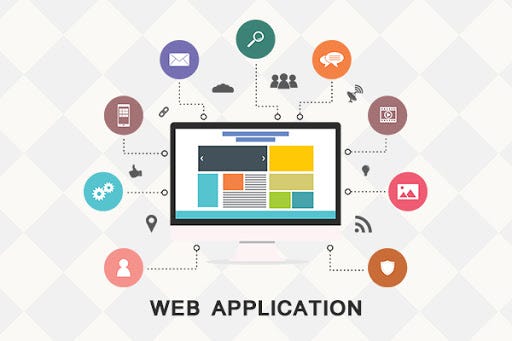Untangling the Web: A Deep Dive into Backend Development Strategies
Hey there, tech enthusiasts! If you've ever wondered about the magic that happens behind the scenes of your favorite websites, you're in the right place. Today, we're going to pull back the curtain and delve into the world of backend development strategies for web applications. Whether you're an aspiring developer or a seasoned pro, this deep dive into monolithic vs microservices architecture, database choices, and API design patterns is sure to pique your interest.
Monolithic vs Microservices Architecture: The Great Debate
First up on our journey is a clash of the titans: Monolithic vs Microservices architecture. In the red corner, hailing from the old school of web development, we have Monolithic architecture. It's the 'all-in-one' approach where all the application's functionality is managed in a single codebase.
I remember my first encounter with a monolithic application. It felt like being handed a giant ball of yarn with the task of untangling it. Any changes, whether a minor tweak or a major overhaul, were a daunting task. But, on the bright side, monolithic architecture is simpler to develop and deploy, making it a popular choice for small-scale applications.
In the blue corner, we have the new kid on the block, Microservices architecture. In contrast to its opponent, Microservices breaks down the application into small, manageable services that are developed and deployed independently. Each service corresponds to a specific business functionality and communicates with others via APIs.
I've been working on a project recently where we switched to a microservices architecture and let me tell you, it's a game changer. It allows for flexibility, scalability and it's easier to manage and update parts of the application independently. But it's not without its challenges. Coordinating between services and managing data consistency can be tricky.
Database Choices: The Power Behind Your Data
Next up, let's talk about databases. Choosing the right database can make or break your application. SQL or NoSQL, that is the question. SQL databases are relational, structured, and excellent when dealing with complex queries. I've used SQL databases in projects where data integrity was crucial.
On the flip side, NoSQL databases are non-relational and are fantastic when dealing with large volumes of data. They're flexible, scalable, and quicker to query. I've found them particularly useful in projects that required real-time data processing.
API Design Patterns: The Art of Communication
Finally, let's explore the realm of API design patterns. APIs, or Application Programming Interfaces, are the communication channels between different parts of an application or different applications.
Some common patterns include REST, GraphQL, and gRPC. I've personally used REST APIs extensively due to their simplicity and wide acceptance. But GraphQL is gaining traction for its efficiency in handling data requests and gRPC for its high performance.
Conclusion: Be a Backend Wizard
There you have it, folks! A whirlwind tour of backend development strategies. Whether you prefer the simplicity of monolithic architecture or the flexibility of microservices, SQL or NoSQL databases, REST or GraphQL APIs, remember the choice should always align with the needs of your project. So go forth, explore, experiment and become the backend wizard you were always meant to be!
